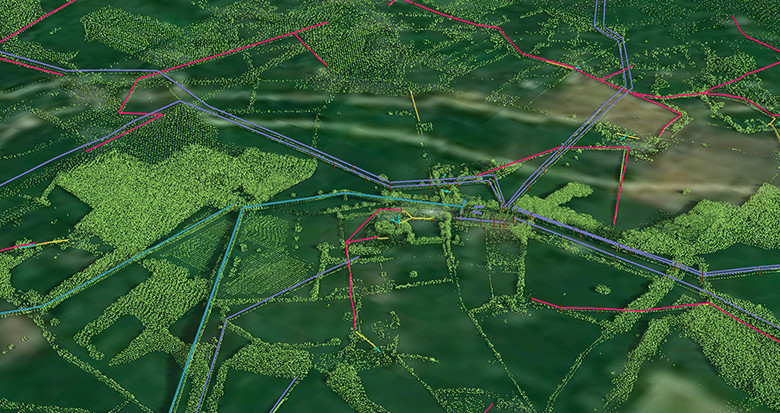Why electricity network operators are going 3D
By Shane Brunker - NM Group Technical Director
In this new three part blog series we look at why electricity network operators are considering and indeed implementing 3D visualisation platforms as part of normal operations. In part 2, we’ll look more in depth look at some utility case studies and finish off in part 3 by considering what is most important in the choice of platform.
So is 3D a fad, a nice to have, or something really useful?
Having spoken to many utilities over the past few years we see common gripes when it comes to accessing and sharing information on an ageing and highly dispersed asset base – nothing new there! Many solutions have been explored as a way of bridging the gaps between the large enterprise systems, the engineer’s excel sheet, the worker in the field and the manager back in the office – but none quite ticks all the boxes. More and more people are seeing that the 3D world really does provide something different and that the emerging technical capabilities make it possible.
From the user perspective – the practical value
The potential for a true 3D view of the asset really does change things. Why? Well in the past to access an asset record, you might need to know its ID or know which bits of information fall within each system and you would search in a tabular fashion, or maybe off a 2D map. In many cases, it’s still the marked up drawing. However, just like you will use Google Street View to check an address and see what is there, now users are demanding that they can see realistic depictions of the distributed assets and click them for information – in the field or back in the office. The iPhone generation simply expects that 'there's app for that’. Whether it is pre-work planning to save a site visit or ensuring you are tagging work to the right pole to accurately capture the cost, an unequivocal 3D view makes it fast and accurate. This expects that data sources are integrated (at the user end) and that the degrading information (whether aerial imagery, LiDAR or site photographs) is as current as possible.
Don’t remember that asset ID number? 3D viewers makes finding asset data simple and logical.
Driving the change – the technology
Users may demand an app and expect to see things in a game-style environment, but that’s worth little if the technology isn’t up to speed. We’ve seen, over the past few years, a convergence that means online 3D is now practical. Higher speed internet (particularly cellular), robust and powerful mobile devices and highly efficient data packaging means compressed information can get to the user’s device and unpack rapidly. The ability to store this for immediate access is facilitated by the cloud – as is the secure online access for work management and asset information from legacy systems. The creation of the 3D model itself is the last piece of the puzzle – with laser scanning and modelling from the substation through to a 400 kV line creating the picture. Joining all this up, particularly the integration of relevant information from a multitude of sources, lets the 3D desire be realised.
Game-style viewers, high speed internet and cloud computing make useful 3D a reality
So then why are network operators starting to go 3D?
In short, because it’s possible, because staff want to go that way and because there are some truly astounding capabilities out there in the service industry now. As we will share in Part 2, case studies are beginning to emerge which move well beyond Google Earth and into the realm of highly practical virtual network management.
Read more about our services 3D asset management services.
